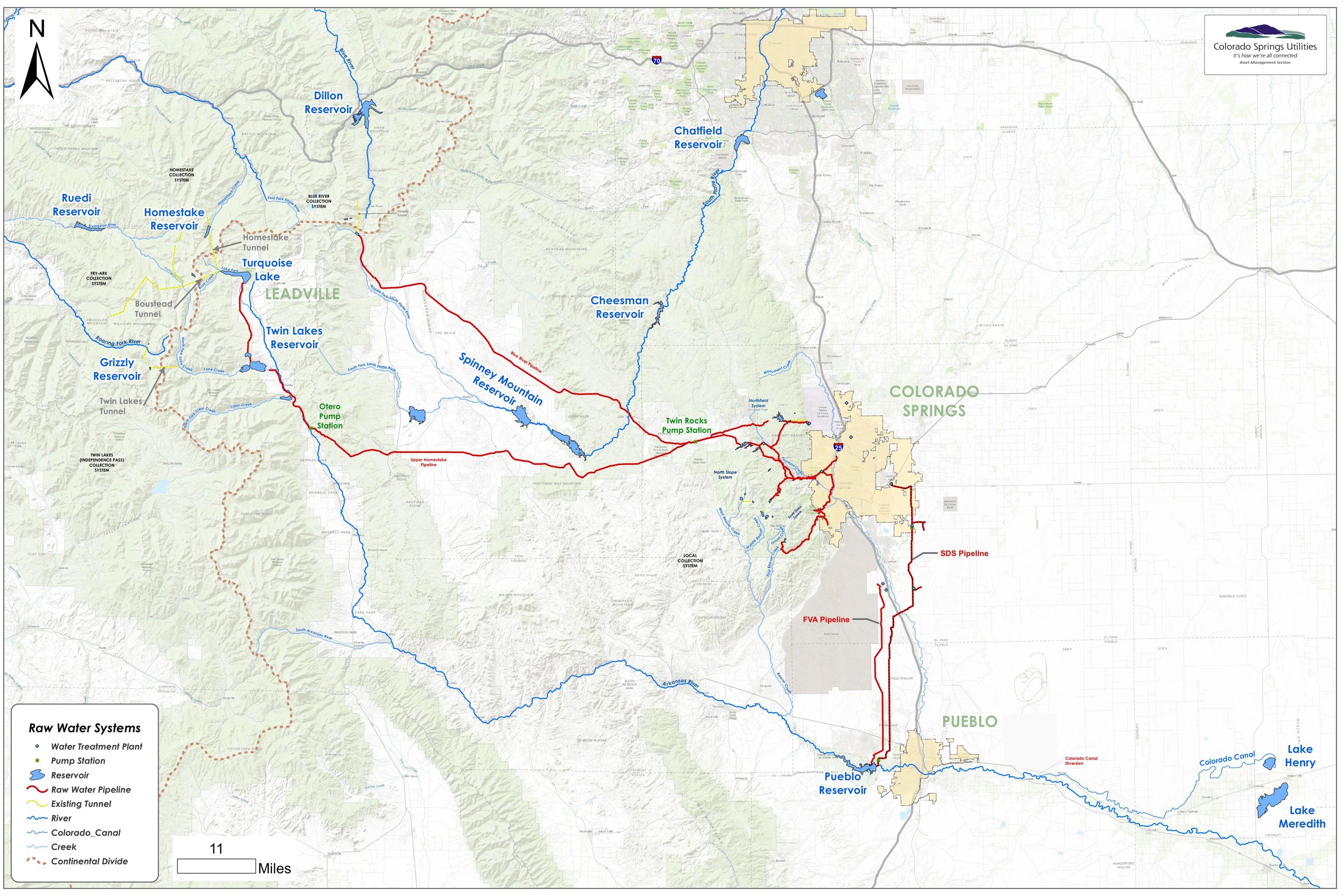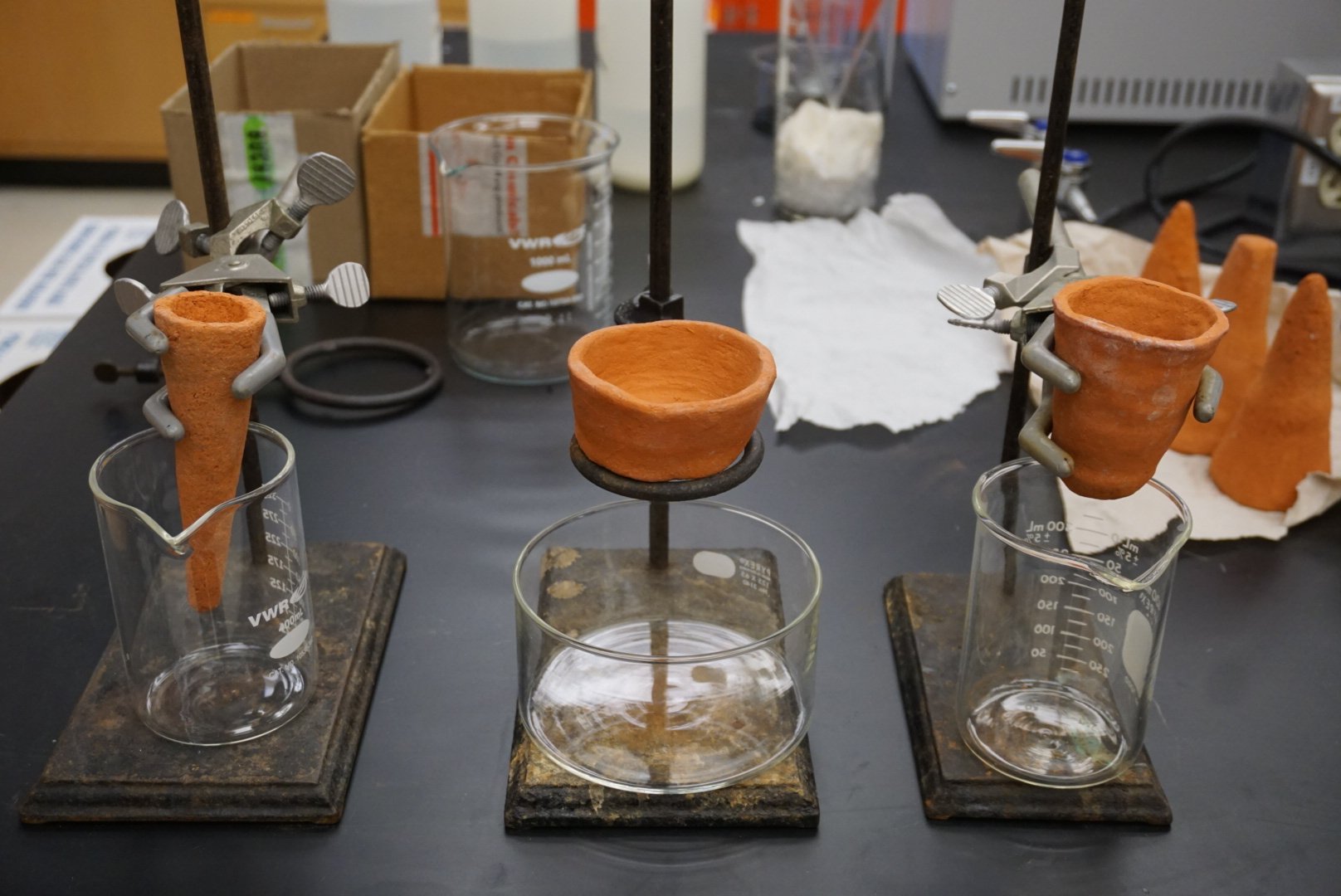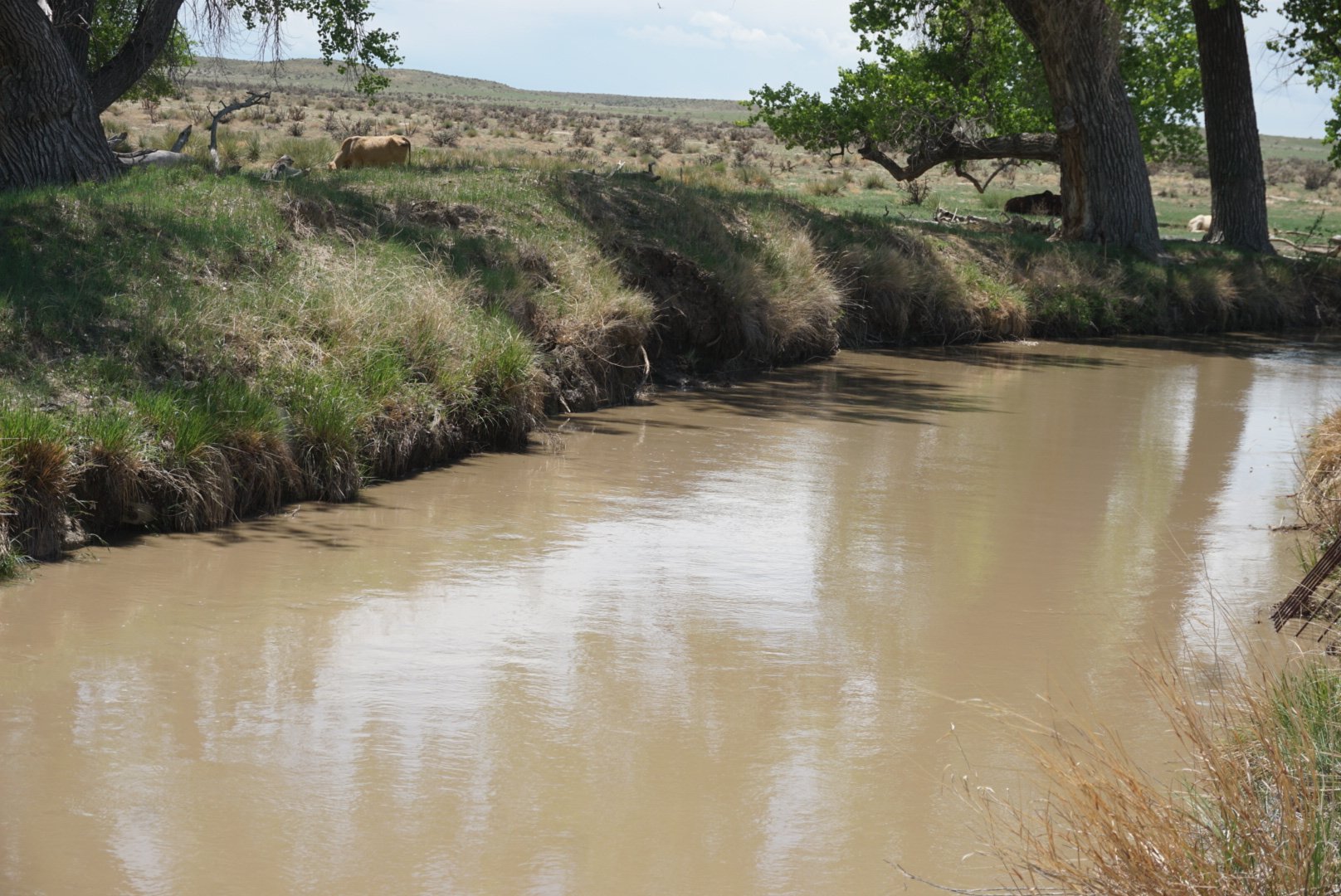Learning about water in Colorado.
Senior Thesis Project
물
“In a dry and thirsty land to which many insist on moving despite its scarce water, people are asking for controversy.” -Terschia D’Elgin, The Man Who Thought He Owned Water
Water is essential for all life and activities—food, habitat, hydration, recreation, energy production, hygiene, sanitation, etc. The everyday devices that dispense and release water create a feeling of endless supply. They suction cup water to a lottery machine with only select winners, assumed by the laws of prior appropriation*. But who wins? The disproportionate growth between urban areas and agricultural areas deepens the chasm with increased water contamination and more strife. And the manipulation of water’s natural path, away from rural lands and toward urban pipes and pavement, harms the potential for agriculturally dependent areas to continue to grow. My hope with this piece is to better understand how water is manipulated in Colorado. Some questions that I ask myself in this process are: 1) what do the current trends of unequal water sharing suggest about the fate of future water and food supplies? and 2) How can a bridge form between agricultural and urban areas to lessen the acrimony?
*prior appropriation—Colorado water law abides this principle of how water is used and who uses it. It is an acknowledgement of possession based generally on first come first serve, or finders keepers losers weepers. Those who came first, found first, and used first got an early senior water right to use and transfer water either through inheritance or sale to newcomers. Those with the most money can buy more senior rights. (D’Elgin)
The purpose of this project is to better understand how water is manipulated in Colorado. To do this, I scaled down the transportation of water to a visual system by creating small-scale water filters. The clay used to make the filters was harvested from a nearby ranch in Calhan, CO and processed by hand in the city of Colorado Springs, CO, thereby mimicking the transportation and manipulation of a raw material from one place (raw form in a rural place) to another (processed form in an urban place).
*Several conversations with people who are directly involved in the Colorado Water World helped to bring this project to fruition.
*Inspiration for the clay-based filters derives from Potters for Peace (www.pottersforpeace.org), based in Ghana.
Chunks of unprocessed clay from Serenell Ranch in Calhan, CO
Map of the Colorado Water supply, courtesy of Colorado Springs Utilities
Biochar Gasifier/top lid up-draft (TLUD) concept sketch and product (design courtesy of Josh Kearns)
To manipulate the clay from a raw material into a combustible material (needed to produce porous filters upon firing in the kiln), I needed combustible substrate. After looking into a few different substrate options (sand, rice husk pellets, pistachio shells, zeolite), I landed on biochar for its effective pollutant adsorption capacity (Chaukura, et. al.). The abundance of wood in the locations of the project (Woodland Park, CO and Colorado Springs, CO) also guided me to this material choice.
*https://www.engineeringforchange.org/news/how-to-make-a-biochar-gasifier/
*see video below that demonstrates how I transformed collected wood chips into biochar
After harvesting and processing the clay, I moulded several filter shapes which I then brought to the chemistry lab for testing.
With the help of chemistry professor, Dr. Bowman, I tested the filter efficiency in several steps:
1) Clay Body Constituents: What inorganic elements make up the clay body? Using an XRF Device, I found that there is Iron, Silica, Potassium, Calcium, Chromium, Titanium, Aluminum, and Manganese.
2) Percolation Rates: How quickly does it take 10 mL of water to trickle through each filter? I found that the cone-shaped filter had the quickest rate, at about 10 minutes.
3) Addition of Minerals to Water: What minerals do the filters add to the water? Using an ICP instrument, I found that the filters added minerals that derived from the elements present within the clay: Iron, Silica, Potassium, Calcium, Chromium, Titanium, and Manganese.
4) Extraction of Contaminants from Water: What do the filters extract from contaminated water? Using an ICP instrument, I ran two water samples: one sample from Monument Creek (a nearby fairly dirty creek) and one sample of creek water that went through the clay filter. We tested for heavy metals (Lead and Arsenic). Unfortunately, I was not able to detect a measurable difference between the unfiltered and filtered sample because the concentration of metals in the water was either not high enough or not present.
Moving forward with testing, I hope to test organic chemicals and try to find a measurable difference between before and after filtration.
To complement the filters, I moulded porcelain clay into a water carafe, and etched imagery related to water, like precipitation, changing weather patterns, and pavement.
Etched into the body of the carafe is a rendition of the Colorado water supply map.
A visit to the Catlin Canal (a part of the Lower Arkansas River Basin)
I learned how a Staff Gauge and Parshall Flume function, and their importance in daily water accounting that is necessary to ensure that water ends up where it is needed most. Much of the water world is intertwined with principles of economics and finance, akin to processes of banking.
References:
d'Elgin, Tershia. The Man Who Thought He Owned Water: On the Brink with American Farms, Cities, and Food. United States, University Press of Colorado, 2016.
Potters for Peace, www.pottersforpeace.org/. 2019.
Nhamo Chaukura, Robert Chiworeso, Willis Gwenzi, Machawe M. Motsa, Wisdom Munzeiwa, Welldone Moyo, Innocent Chikurunhe, Thabo T.I. Nkambule. A new generation low-cost biochar-clay composite ‘biscuit’ ceramic filter for point-of-use water treatment, Applied Clay Science, Volume 185, 2020.
Kearns, Josh. Sustainable Decentralized Water Treatment for Rural and Developing Communities Using Locally Generated Biochar Adsorbents, Water Conditioning & Purification International Magazine, 2012.

















